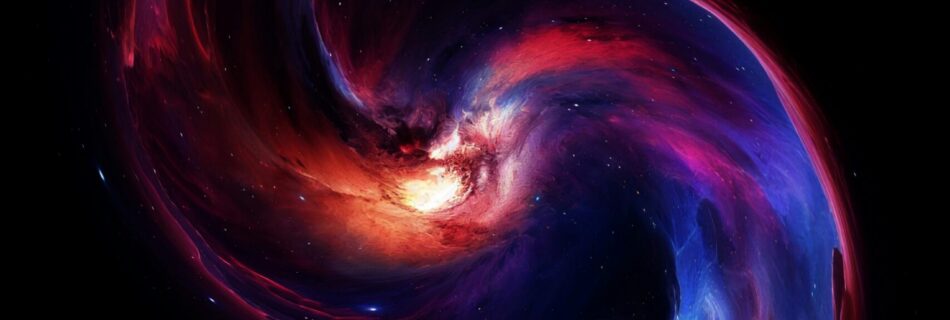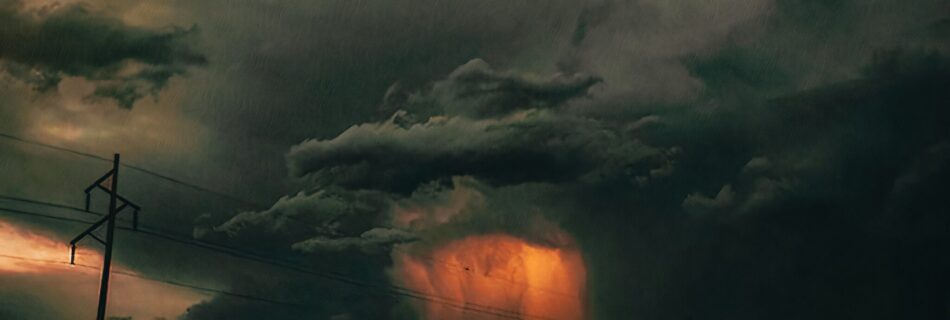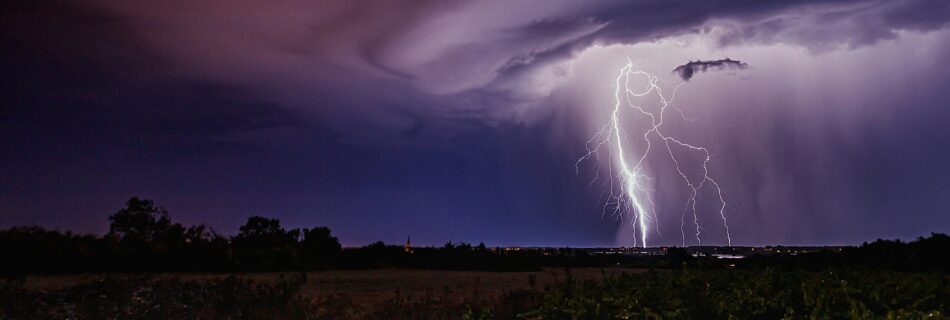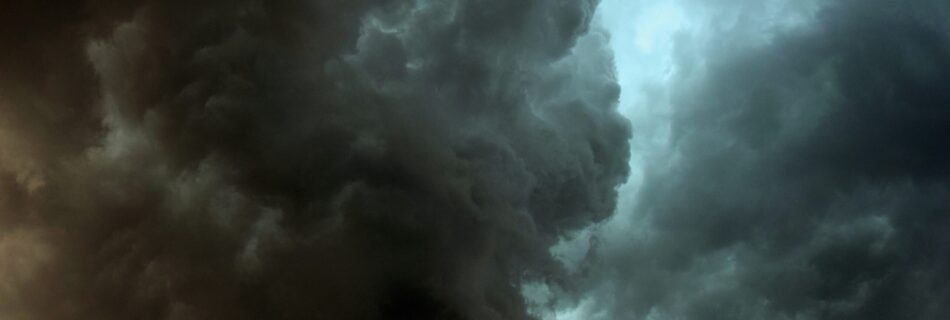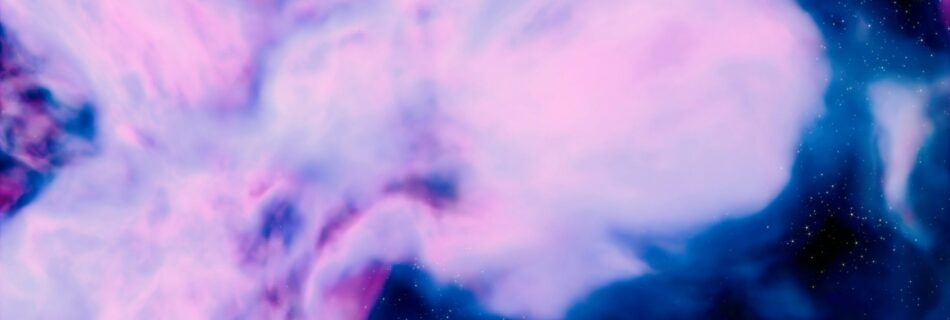How to Physically Rewire Your Brain for Growth
Neuroplasticity and Self-Reinvention If you’ve ever tried to change a habit, learn a new skill, or transform your mindset, you’ve already engaged with one of the most extraordinary discoveries of modern neuroscience: neuroplasticity. Far from being static, the brain is a living, adaptable network that reshapes itself in response to every thought, emotion, and experience. …


